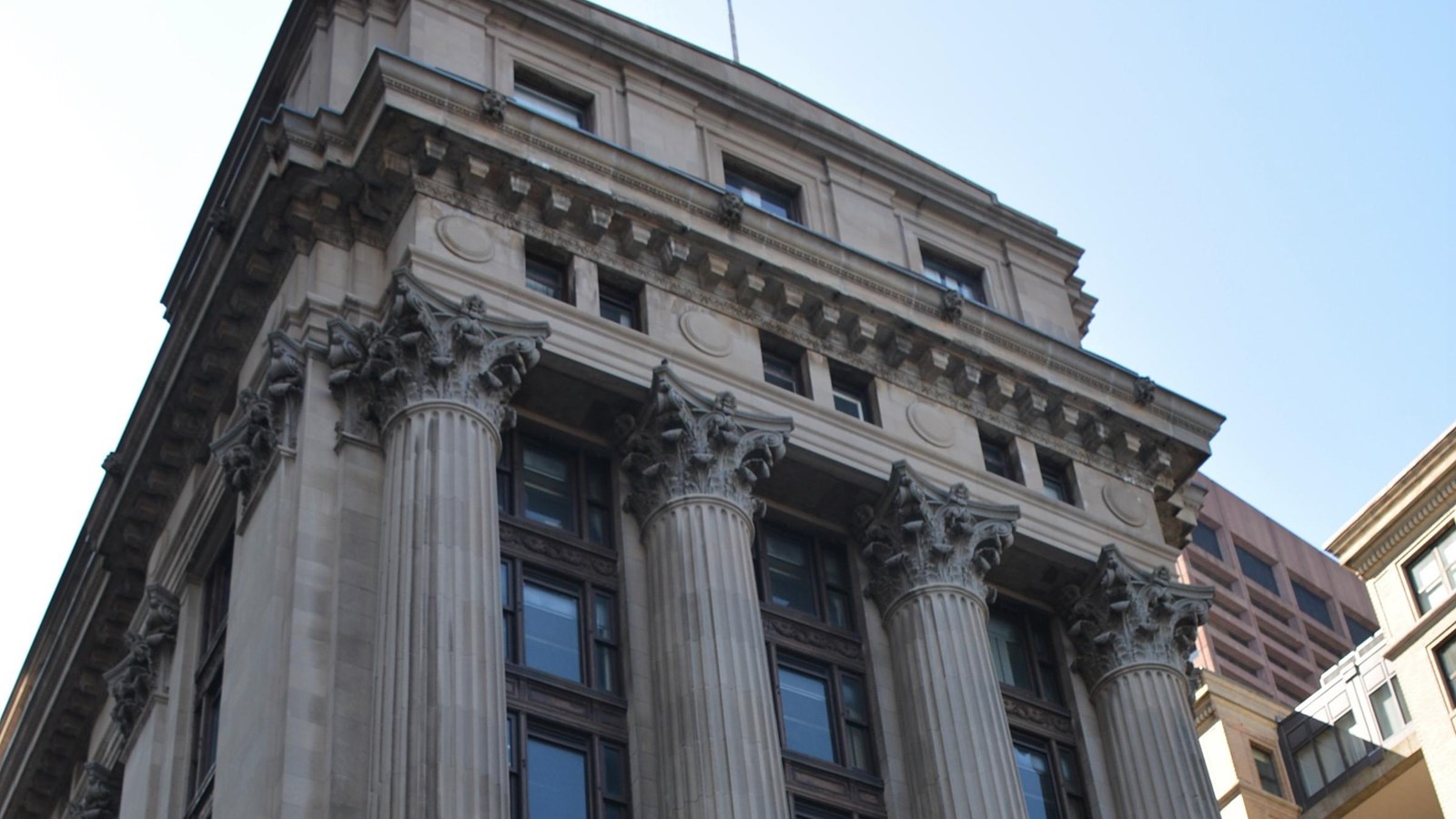Last updated: January 8, 2023
Place
Boston Courthouse

NPS Photo/Pollock
Though not the original structure, this is the site of the Boston Courthouse that played a prominent role in many fugitive slave cases in the city.
It served as a federal courtroom where freedom seekers faced hearings that determined whether or not they would be returned to slavery. It also functioned as a federal jail cell after the Personal Liberty laws of Massachusetts barred the use of state facilities for fugitive slave cases. Protesters often gathered in and around the courthouse when authorities held freedom seekers here. In February 1851, Lewis Hayden and other Black men successfully rescued Shadrach Minkins in a brazen daytime rescue from this courthouse. A few months later, slave catchers arrested Thomas Sims and held him here. Authorities thwarted abolitionist plans to have Sims leap to freedom from his jail cell window by installing iron bars across it and heavily guarding the courthouse, which they draped in chains. In 1854, Hayden and others attempted to rescue Anthony Burns from this courthouse in a daring nighttime assault, killing one of the deputy marshals in the melee. Despite their best efforts they could not rescue Burns and authorities remanded him to slavery.

"Boston Court House" in chains to prevent a rescue of Thomas Sims. (Courtesy of the Boston Athenaeum)
